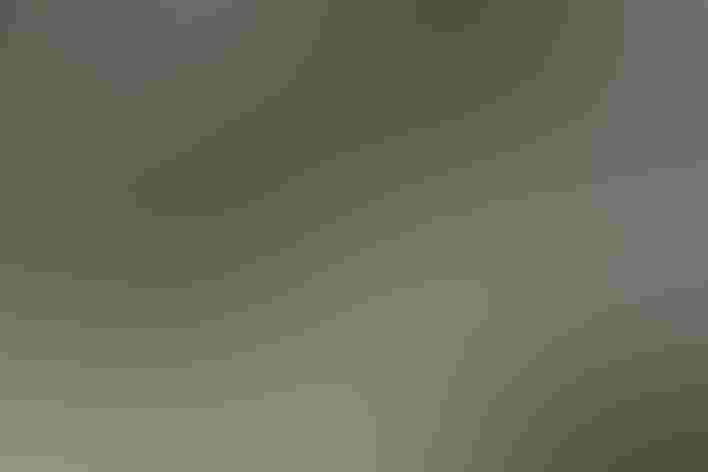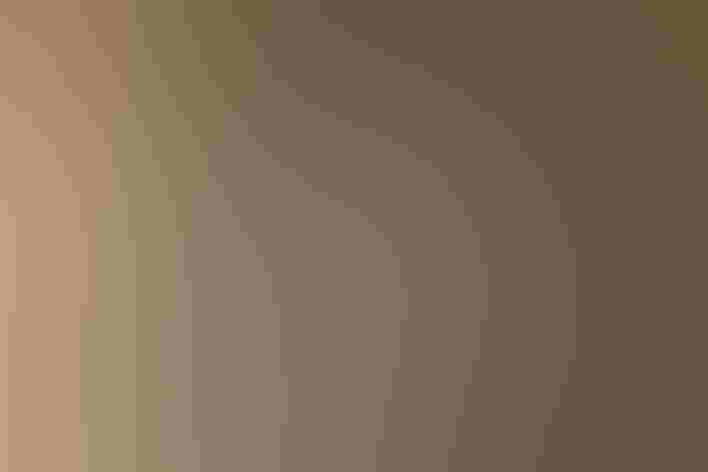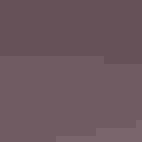Pine Grosbeak
At a Glance
A big boreal finch, uncommon but widespread in spruce and fir forests of the North and the high mountains. It is often absurdly tame, allowing very close approach; ironically, this sometimes makes it easy to overlook in dense coniferous forest, since it may sit motionless as a birder walks by. On those occasions when Pine Grosbeaks move south in winter, they may be more conspicuous, often feeding on buds in the bare branches of maples or other trees.
All bird guide text and rangemaps adapted from by Kenn Kaufman© 1996, used by permission of Houghton Mifflin Harcourt Publishing Company. All rights reserved.
Category
Finches, Perching Birds
IUCN Status
Least Concern
Habitat
Forests and Woodlands, High Mountains, Tundra and Boreal Habitats
Region
Alaska and The North, California, Eastern Canada, Great Lakes, Mid Atlantic, New England, Northwest, Plains, Rocky Mountains, Southwest, Western Canada
Behavior
Flitter, Rapid Wingbeats, Undulating
Population
11.000.000
Range & Identification
Migration & Range Maps
Permanent resident in many areas; may withdraw from northernmost part of breeding range. Sometimes stages small "invasions" southward in winter, probably when food supplies fail in the far North.
Description
8-10" (20-25 cm). A large finch with a long tail, stubby black bill, two wing-bars. Adult male mostly pink and gray, female and young gray, with yellow or orange on head.
Size
About the size of a Robin
Color
Black, Gray, Pink, Red, White, Yellow
Wing Shape
Pointed
Tail Shape
Notched, Rounded, Square-tipped
Songs and Calls
A 3-note whistle similar to that of Greater Yellowlegs.
Call Pattern
Complex, Falling, Flat, Undulating
Call Type
Chirp/Chip, Flute, Trill, Whistle
Habitat
Conifers; in winter, other trees. Breeds in open coniferous forest, especially of spruce and fir; despite the name, not usually in pines in summer. In winter often found in deciduous trees (especially fruiting trees such as mountain-ash or crabapple), also in groves of pines and other conifers.
Sign up for ÃÛèÖAPP's newsletter to learn more about birds like the Pine Grosbeak
Behavior
Eggs
2-5, usually 4. Bluish green, spotted with brown, purple, and black. Incubation is by female only, about 13-14 days. Male often feeds female during incubation.
Young
Both parents feed nestlings; during breeding season, both sexes develop throat pouches that allow them to carry more food at once. Young leave the nest about 2-3 weeks after hatching. 1 brood per year.
Feeding Behavior
Forages mostly up in trees and shrubs. Tends to be very methodical in feeding, moving about slowly in trees while feeding on buds, seeds, and fruits. Except during the nesting season, often forages in small flocks.
Diet
Seeds, buds, berries, insects. Feeds mostly on vegetable matter, especially in winter. Major items include the seeds of conifers and other trees, buds of many kinds of trees (such as maples), berries, wild fruits (including crabapples), sometimes seeds of weeds and grasses. Also eats some insects, mainly in summer. Will come to feeders for sunflower seeds and other items.
Nesting
Male sings a mellow continuous warble to defend nesting territory. In courtship, male feeds female. Nest: Placed on horizontal branch or in fork of conifer such as spruce or fir, usually 5-15' above ground, sometimes as low as 2' in deciduous shrub or up to 25' high in tree. Nest is a bulky open cup made of twigs, weeds, rootlets, lined with fine grass, rootlets, lichens, moss.
Conservation
Conservation Status
Widespread and seems to be fairly common, but population trends would be difficult to measure.
Climate Threats Facing the Pine Grosbeak
Choose a temperature scenario below to see which threats will affect this species as warming increases. The same ÃÛèÖAPP change-driven threats that put birds at risk will affect other wildlife and people, too.




